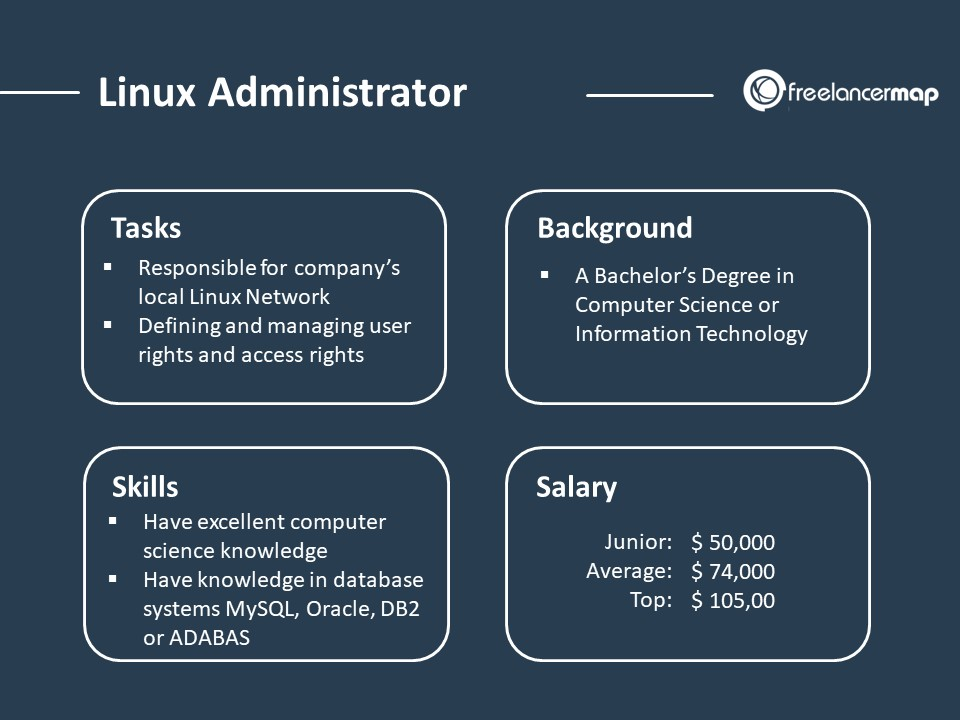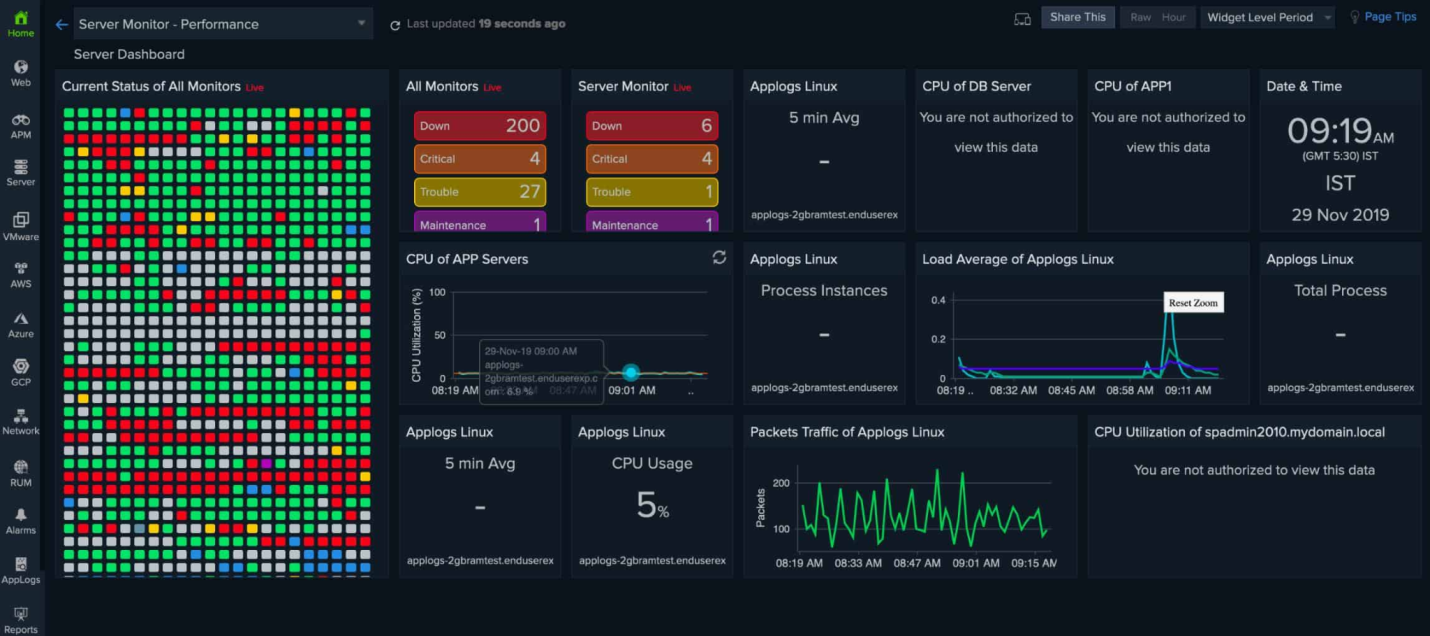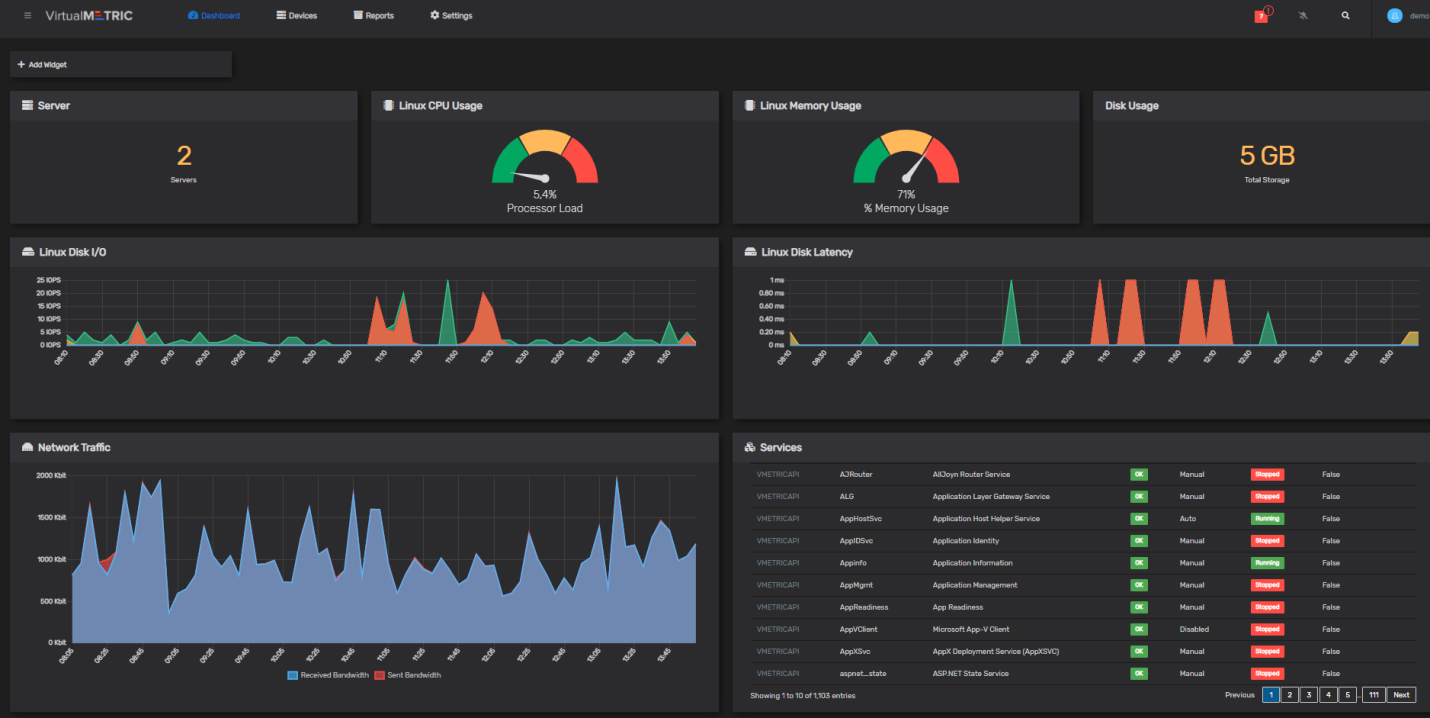Linux Server Management Essentials: Administration, Monitoring, and Maintenance Guidelines for Success
Linux servers are the backbone of many organizations, powering critical applications and services. To ensure optimal performance, reliability, and security, effective administration, monitoring, and maintenance are essential. In this comprehensive guide, we will delve into the key aspects of Linux server management, providing guidelines for success in the areas of Linux administration, server management, server monitoring, and server maintenance.
Linux Administration:
Linux administration refers to the management and maintenance of Linux-based operating systems. As Linux is a popular choice for servers, effective administration is crucial for ensuring the smooth operation and security of these systems. Linux administrators are responsible for tasks such as user management, package installation and updates, file system management, and overall system configuration.
User management involves creating and managing user accounts, setting up appropriate permissions and access control, and ensuring secure authentication. This ensures that only authorized individuals can access the system and its resources.
Package management is essential for installing, updating, and removing software packages on a Linux system. Package managers, such as apt, yum, and dnf, simplify the process by handling dependencies and providing a centralized repository for software distribution.
File system management involves working with the file systems used by Linux, such as ext4, XFS, or Btrfs. Administrators handle tasks such as partitioning disks, creating and mounting file systems, and managing disk space. Regular maintenance tasks, like monitoring disk usage and optimizing file systems, help maintain system performance and prevent data loss.
Linux administrators are also responsible for server deployment and configuration. This includes selecting the appropriate Linux distribution, setting up the initial server configuration, and installing required software packages. Additionally, administrators manage services running on the server, ensuring their availability, performance, and security. This may involve starting, stopping, and monitoring services like Apache, Nginx, MySQL, or other applications.
Security is a crucial aspect of Linux administration. Administrators implement various security measures to protect the server from unauthorized access and attacks. This includes configuring firewalls, implementing intrusion detection systems, monitoring system logs for suspicious activities, and applying security patches and updates.
Linux administration plays a vital role in maintaining the overall health and performance of Linux-based servers. By effectively managing user accounts, packages, file systems, server configuration, and security, administrators contribute to the stability, security, and efficiency of the system. Regular monitoring, maintenance, and proactive measures are key to successful Linux administration.

Linux Server Management:
Linux server management encompasses the activities involved in overseeing and maintaining the functionality, performance, and security of Linux-based servers. It involves various tasks, including server deployment, configuration, service management, security hardening, monitoring, and maintenance.
Server deployment and configuration entail selecting the appropriate Linux distribution and installing it on the server hardware. Administrators set up the initial server configuration, configure network settings, and ensure that the server is properly integrated into the existing infrastructure.
Service management involves overseeing the services running on the server. This includes web servers (e.g., Apache, Nginx), database servers (e.g., MySQL, PostgreSQL), email servers (e.g., Postfix, Sendmail), and other applications necessary to support organizational needs. Administrators are responsible for starting, stopping, and monitoring these services to ensure their availability and optimal performance.
Security hardening is a critical aspect of Linux server management. Administrators implement security measures to protect the server from unauthorized access and attacks. This includes configuring firewalls, implementing access controls, enabling secure communication protocols (e.g., SSH), and applying security patches and updates regularly. Regular security audits and vulnerability assessments are performed to identify and mitigate potential risks.
Monitoring the server is essential for identifying performance issues, resource utilization, and potential bottlenecks. Administrators employ various monitoring tools to track server metrics such as CPU usage, memory consumption, disk utilization, and network traffic. This information helps in identifying performance degradation and taking proactive measures to optimize server performance.
Regular server maintenance tasks include managing backups and disaster recovery plans. Administrators design and implement backup strategies to ensure the availability and integrity of critical data. This involves scheduling regular backups, verifying the integrity of backups, and testing the restoration process to guarantee data can be recovered in case of data loss or system failure.
Additionally, administrators perform routine maintenance activities such as disk cleanup, log file rotation, and system updates. Regularly applying software updates and patches helps address security vulnerabilities and ensures the server remains up to date with the latest features and bug fixes.
Overall, Linux server management requires a comprehensive approach to ensure the server's stability, security, and optimal performance. By effectively deploying, configuring, managing services, implementing security measures, monitoring performance, and performing regular maintenance, administrators can ensure the smooth operation of Linux servers, supporting the organization's needs efficiently.

Linux Server Monitoring:
Linux server monitoring involves the systematic observation and measurement of key metrics and activities on a Linux-based server to ensure its optimal performance, availability, and security. Monitoring helps administrators identify and address issues promptly, prevent downtime, and optimize resource utilization.
System monitoring tools are used to collect data on various server metrics, including CPU usage, memory utilization, disk I/O, network traffic, and server uptime. These tools provide real-time insights into the server's health and performance, allowing administrators to detect anomalies and take proactive measures.
Log monitoring and analysis play a crucial role in Linux server monitoring. System logs contain valuable information about server events, errors, and warnings. Administrators use log monitoring tools to aggregate and analyze logs, identify issues or patterns, and proactively address potential problems. This helps in troubleshooting issues, detecting security breaches, and maintaining system integrity.
Performance monitoring and tuning are essential for optimizing server performance. Administrators monitor performance metrics like CPU load, memory usage, and response times to identify performance bottlenecks. By analyzing these metrics, administrators can fine-tune system settings, adjust resource allocations, and optimize configurations to improve overall server performance.
Security monitoring is a critical aspect of Linux server management. Administrators implement security monitoring tools to detect and respond to potential security breaches, unauthorized access attempts, or abnormal activities. Intrusion detection systems (IDS) and security information and event management (SIEM) tools help in monitoring network traffic, identifying suspicious behavior, and generating alerts for immediate action.
Alerting and notification systems are integral components of server monitoring. Administrators set up alerts to receive notifications when predefined thresholds are exceeded or when specific events occur. This ensures that administrators are promptly informed of any critical issues, allowing them to respond in a timely manner and minimize downtime.
In addition to real-time monitoring, historical data analysis is crucial for capacity planning and trend analysis. By analyzing historical data, administrators can identify patterns, forecast future resource requirements, and make informed decisions regarding hardware upgrades, scaling, or optimization.
Overall, Linux server monitoring is vital for maintaining the performance, availability, and security of Linux-based servers. By leveraging monitoring tools, log analysis, performance optimization techniques, and security monitoring practices, administrators can proactively identify and address issues, ensure system stability, and deliver a reliable and efficient server infrastructure.

Linux Server Maintenance:
Linux server maintenance involves the ongoing activities required to keep Linux-based servers operating smoothly and efficiently. It includes various tasks aimed at optimizing performance, ensuring reliability, and addressing potential issues that may arise during the server's lifecycle.
Regular maintenance tasks for Linux servers include:
Disk Space Management: Monitoring and managing disk usage is essential to prevent storage capacity issues. Administrators regularly check disk space utilization, remove unnecessary files, and perform disk cleanup to free up space and maintain optimal performance.
Log File Management: Log files provide valuable insights into system activities and potential issues. Administrators review and manage log files regularly, ensuring they don't consume excessive disk space. They may set up log rotation mechanisms to archive or delete old log files automatically.
Hardware Monitoring: Monitoring hardware health is crucial to detect any potential hardware failures or malfunctions. Administrators utilize tools to monitor server components such as CPU, memory, disk drives, and network interfaces. Proactive monitoring helps identify and resolve hardware-related issues before they impact server performance or availability.
Performance Optimization: Administrators optimize server performance by fine-tuning various system parameters. This includes adjusting kernel settings, optimizing network configurations, and optimizing resource allocation to ensure efficient utilization of server resources.
Security Updates: Keeping the server up to date with security patches and updates is vital for maintaining a secure environment. Administrators regularly apply updates to the operating system, applications, and security software to address vulnerabilities and protect against emerging threats.
Backup and Disaster Recovery: Establishing a reliable backup strategy is essential to safeguard data and ensure business continuity. Administrators create backup schedules, perform regular backups, and validate the integrity of backups. They also design and test disaster recovery plans to ensure data can be restored in the event of a system failure or data loss.
System Upgrades and Migrations: Over time, system upgrades and migrations may be necessary to take advantage of new features, enhance performance, or address compatibility issues. Administrators plan and execute system upgrades and migrations carefully, ensuring minimal disruption to services and data integrity.
Documentation: Maintaining accurate and up-to-date documentation is essential for effective server maintenance. Administrators document system configurations, procedures, and changes made to the server environment. This documentation serves as a reference for troubleshooting, future maintenance, and knowledge transfer.
By performing regular server maintenance tasks, administrators can ensure the server's stability, reliability, and optimal performance. It helps mitigate potential issues, enhances security, and minimizes downtime. Effective maintenance practices contribute to a robust and resilient Linux server environment.
Conclusion:
In conclusion, Linux server management and maintenance are essential for ensuring the smooth operation, security, and performance of Linux-based servers. By effectively administering the server, managing services, implementing security measures, monitoring performance, and performing regular maintenance tasks, administrators can optimize the server's functionality and minimize potential issues.
Linux administration involves tasks such as user management, package installation, and file system management. Proper administration ensures secure access, software integrity, and efficient storage utilization.
Server management encompasses deploying, configuring, and managing services running on the server. By ensuring service availability, performance, and security, administrators contribute to a stable and responsive server environment.
Security is a critical aspect of Linux server management. Implementing robust security measures, such as firewalls, access controls, and regular updates, helps protect the server from unauthorized access and vulnerabilities.
Monitoring the server's performance, resource utilization, and potential bottlenecks is vital for identifying issues and optimizing performance. Regular maintenance tasks like disk space management, log file management, and hardware monitoring contribute to a stable and reliable server environment.
Regular backups and disaster recovery planning are crucial for data protection and business continuity. By creating effective backup strategies and testing restoration processes, administrators ensure the availability and integrity of critical data.
Linux server maintenance requires a comprehensive and proactive approach to keep the server operating at its best. By implementing these management and maintenance guidelines, administrators can achieve success in managing Linux servers, supporting organizational needs, and maintaining a secure and efficient server environment.
Leveraging Open Source in ICT





